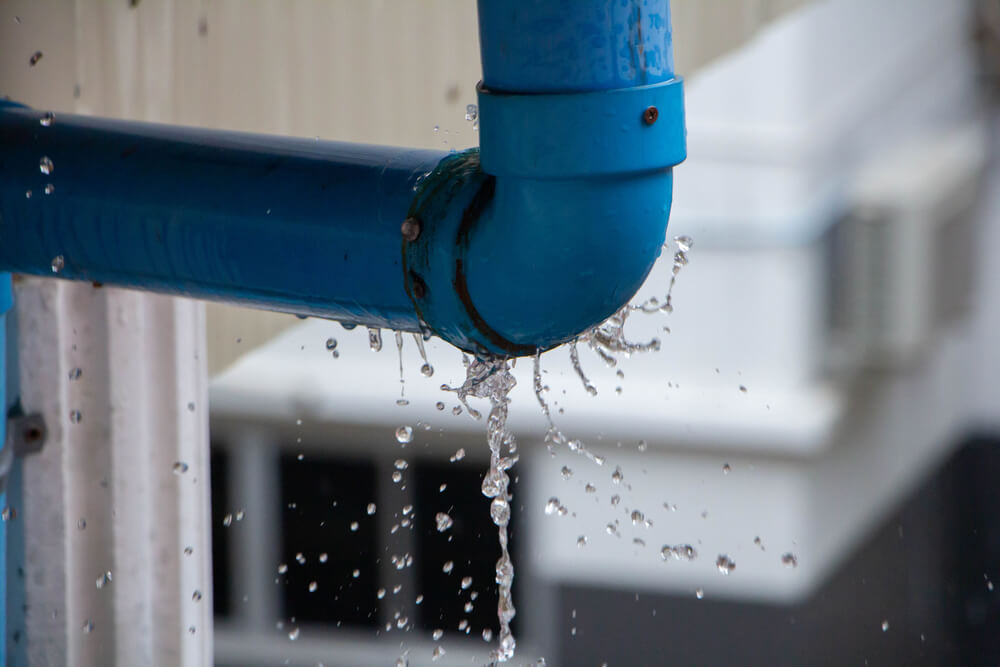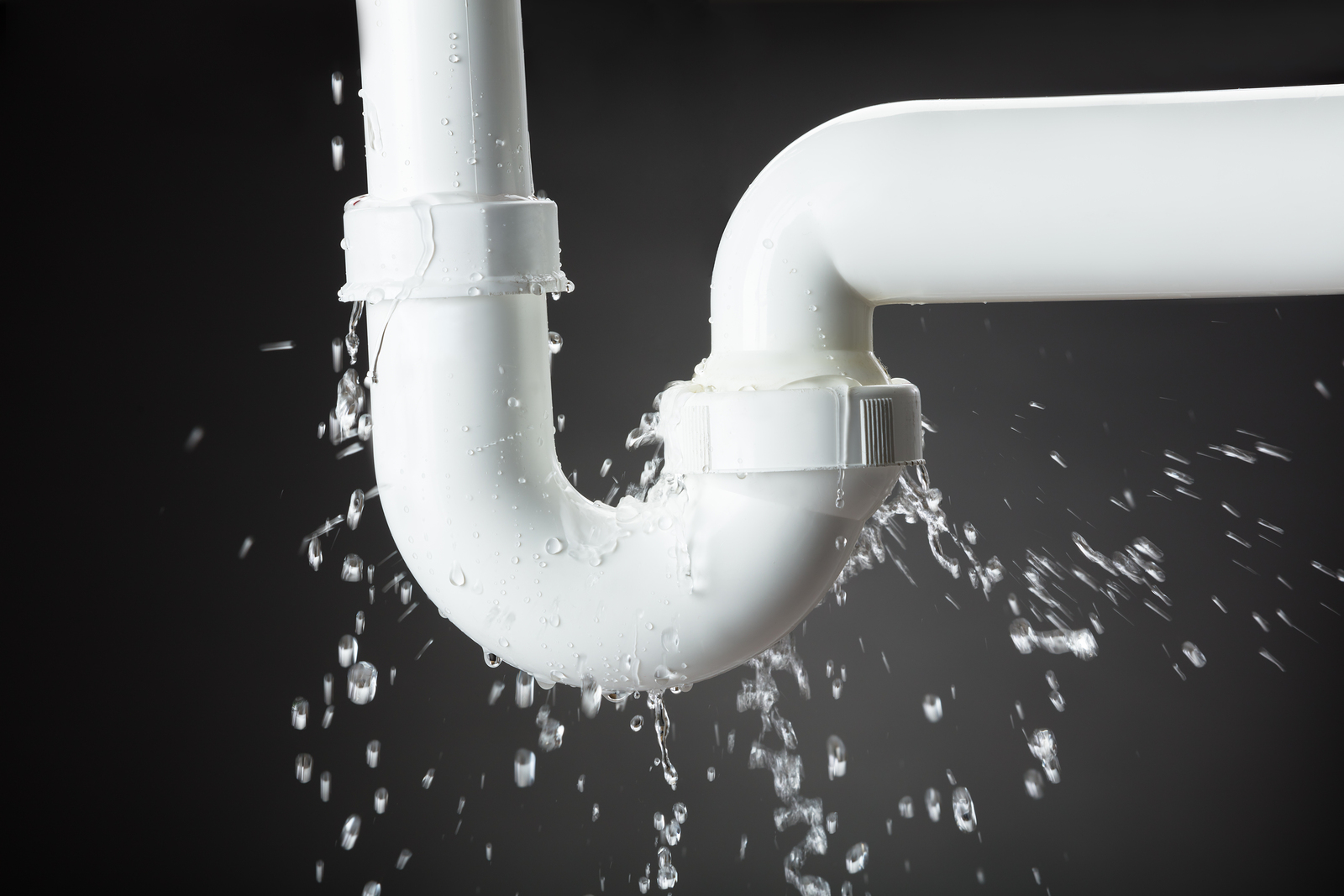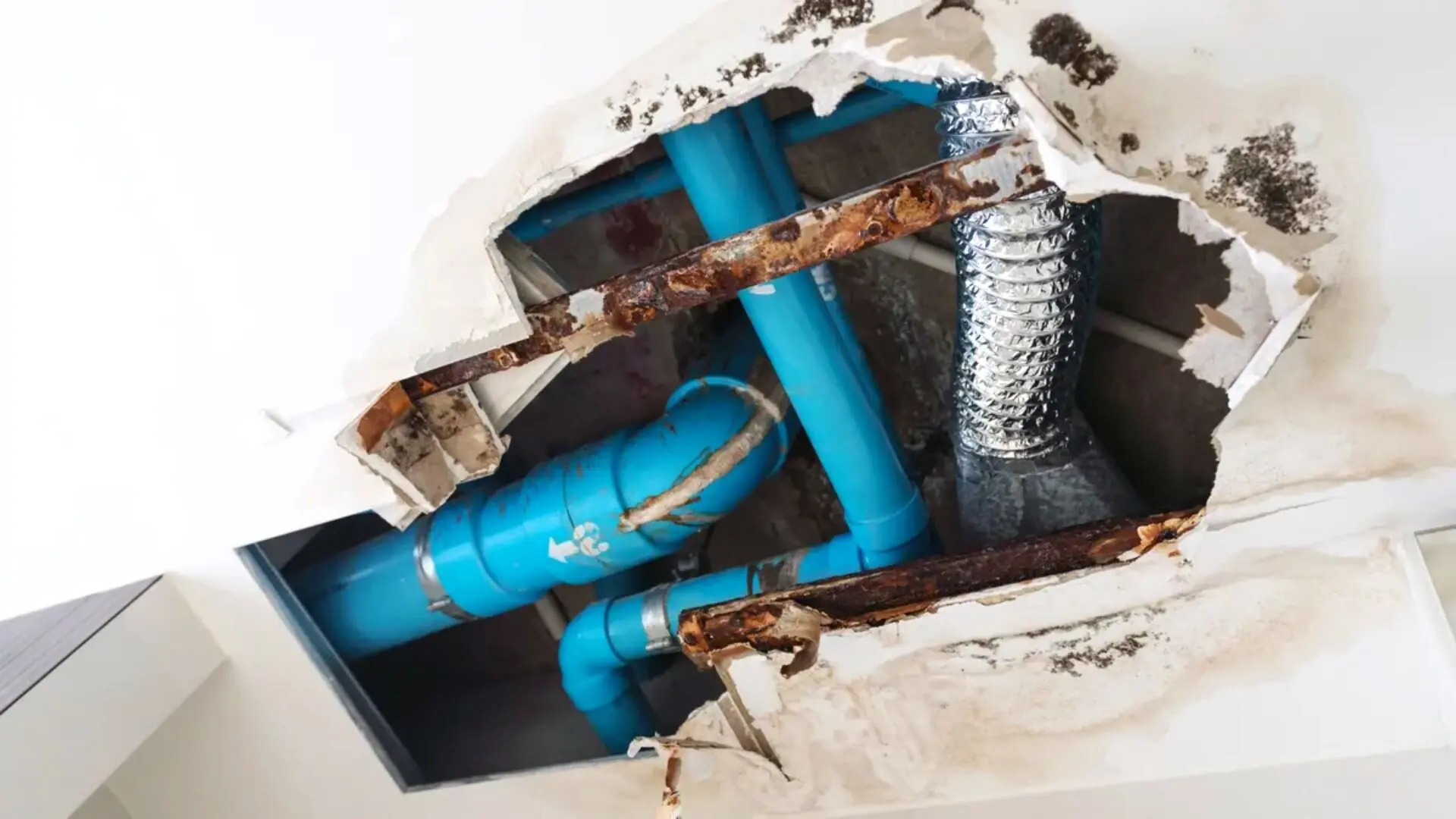Burst Pipe Repair: Professional Solutions to Minimize Damage and Costs
Burst Pipe Repair: Professional Solutions to Minimize Damage and Costs
Blog Article
Stopping Ruptured Pipes: Important Tips to Protect Your Plumbing
Stopping ruptured pipes is an important worry for home owners, especially during cooler months when the danger of freezing is heightened. Implementing tactical procedures such as proper insulation, routine examinations, and maintaining consistent indoor temperatures can dramatically reduce the likelihood of pipeline failure. Additionally, understanding emergency treatments equips homeowners to respond swiftly to prospective pipes concerns. However, numerous are unaware of the specific susceptabilities that their pipelines might deal with. Discovering these vulnerabilities can give vital insights into guarding your plumbing system properly.
Understand Pipe Vulnerabilities
Understanding pipeline vulnerabilities is crucial for effective plumbing maintenance and preventing expensive damage. Several factors add to the susceptibility of pipelines to ruptureds, consisting of material structure, age, and environmental conditions. Older pipelines, especially those made from galvanized steel or polybutylene, often break down over time, leading to boosted risk of tears and leaks.
Temperature level fluctuations can likewise dramatically effect pipeline stability. In colder climates, water caught in pipelines can freeze, applying and expanding stress on the pipe walls, which might ultimately result in a burst. High water pressure can strain pipes, especially at bends and joints, increasing the chance of failure.

Insulate Pipes Properly
Proper insulation of pipelines is crucial for preventing freezing and subsequent bursts during cool weather condition (burst pipe). Shielding your plumbing system successfully safeguards versus temperature level drops that can result in expensive damage. Begin by identifying susceptible areas where pipes are subjected to outside temperatures, such as basements, attic rooms, and exterior wall surfaces
Usage foam pipeline insulation sleeves or wrap insulation tape around these areas to offer a protective barrier. Ensure that all sections of the pipelines, especially those with limited heat direct exposure, obtain sufficient insulation. Pay special focus to installations and joints, as these are much more at risk to cold.
When shielding, it's important to select materials that fulfill neighborhood building codes and are suitable for the specific setting. As an example, fiberglass insulation is often advised for its thermal resistance buildings - burst pipe. Furthermore, think about utilizing warm wires or tape in extreme conditions, which can be plugged in to supply extra heat
Routinely check protected pipes for any kind of signs of wear or damage, as jeopardized insulation can lessen its efficiency. By taking these proactive procedures, you dramatically lower the danger of pipeline bursts, guaranteeing a trustworthy pipes system throughout the winter season.
Maintain Consistent Temperature Level
A stable indoor temperature level is crucial for preventing burst pipelines throughout the cold months. When temperature levels decline, water within pipes can freeze, creating and increasing stress that might ultimately create the pipelines to ruptured. To reduce this danger, home owners need to keep a consistent temperature throughout their living area, preferably no lower than 55 ° F(13 ° C)Utilizing a programmable thermostat can help manage indoor temperatures effectively, guaranteeing that spaces with plumbing remain warm even when your house is unoccupied. Pay unique attention to locations that are much more vulnerable to cold, such as cellars, garages, and attics. Maintaining cabinet doors open under sinks can likewise enable warmer air from the home to circulate around plumbing.
On top of that, it is prudent to enable taps to leak slightly throughout severe chilly spells. This small flow of water can prevent cold by alleviating stress within the pipes. Throughout especially extreme weather events, take into consideration briefly putting on click to read hold any nighttime troubles on your thermostat to keep a consistent warm atmosphere. By applying these techniques, have a peek at this site property owners can dramatically decrease the danger of pipeline bursts and safeguard their pipes systems versus the rough wintertime elements.
Regularly Examine Plumbing
Regular assessments of plumbing systems are important for avoiding ruptured pipes and maintaining total home honesty. During these evaluations, it is crucial to check out visible pipes for indicators of deterioration, leakages, or use.
Furthermore, examining links and joints is vital, as these factors are typically susceptible to leakages. Home owners must likewise assess water stress levels, as extreme stress can strain the pipes system and increase the danger of pipe ruptureds.
Consider scheduling professional pipes examinations at least when a year, specifically before winter, to ensure your system is prepared for chillier temperature levels. By being proactive in your strategy, you can safeguard your home against the disruptive and expensive repercussions of ruptured pipelines.
Know Emergency Situation Procedures
Recognizing emergency situation treatments is important for every homeowner, particularly after carrying out routine plumbing examinations. Being prepared for a pipes emergency situation can dramatically alleviate damage and save prices.
Next, maintain vital tools helpful. A plumbing emergency package must consist of a wrench, plunger, and towels, along with a flashlight and a container for little leakages. In addition, consider having the contact details for a trusted plumbing conveniently offered, needs to the circumstance escalate past your control.
If you spot a leak or burst pipe, promptly switch off the water system and notify your plumbing professional. Record the damage with photographs for insurance policy purposes. Recognize the signs of potential plumbing concerns, such as unusual water pressure variations or damp areas on wall surfaces
Ultimately, positive expertise and quick action are vital in managing plumbing emergency situations, ensuring your home continues to be protected and lessening possible damage.

Verdict
In verdict, protecting against ruptured pipelines requires a complex method that includes understanding pipeline vulnerabilities, correct insulation, keeping constant indoor temperature levels, routine evaluations, and knowledge of emergency situation procedures. By executing these crucial approaches, the danger of pipes failures can be dramatically reduced, thereby guaranteeing the longevity and performance of the pipes system. Proactive actions not just guard versus prospective damages but additionally add to general water news preservation and the protection of home.
In cooler climates, water caught in pipes can ice up, exerting and broadening pressure on the pipeline wall surfaces, which may eventually lead to a burst. When temperature levels decrease, water within pipelines can ice up, broadening and developing pressure that might inevitably create the pipelines to burst. By applying these approaches, house owners can significantly minimize the risk of pipe ruptureds and protect their plumbing systems against the severe wintertime components.

Report this page